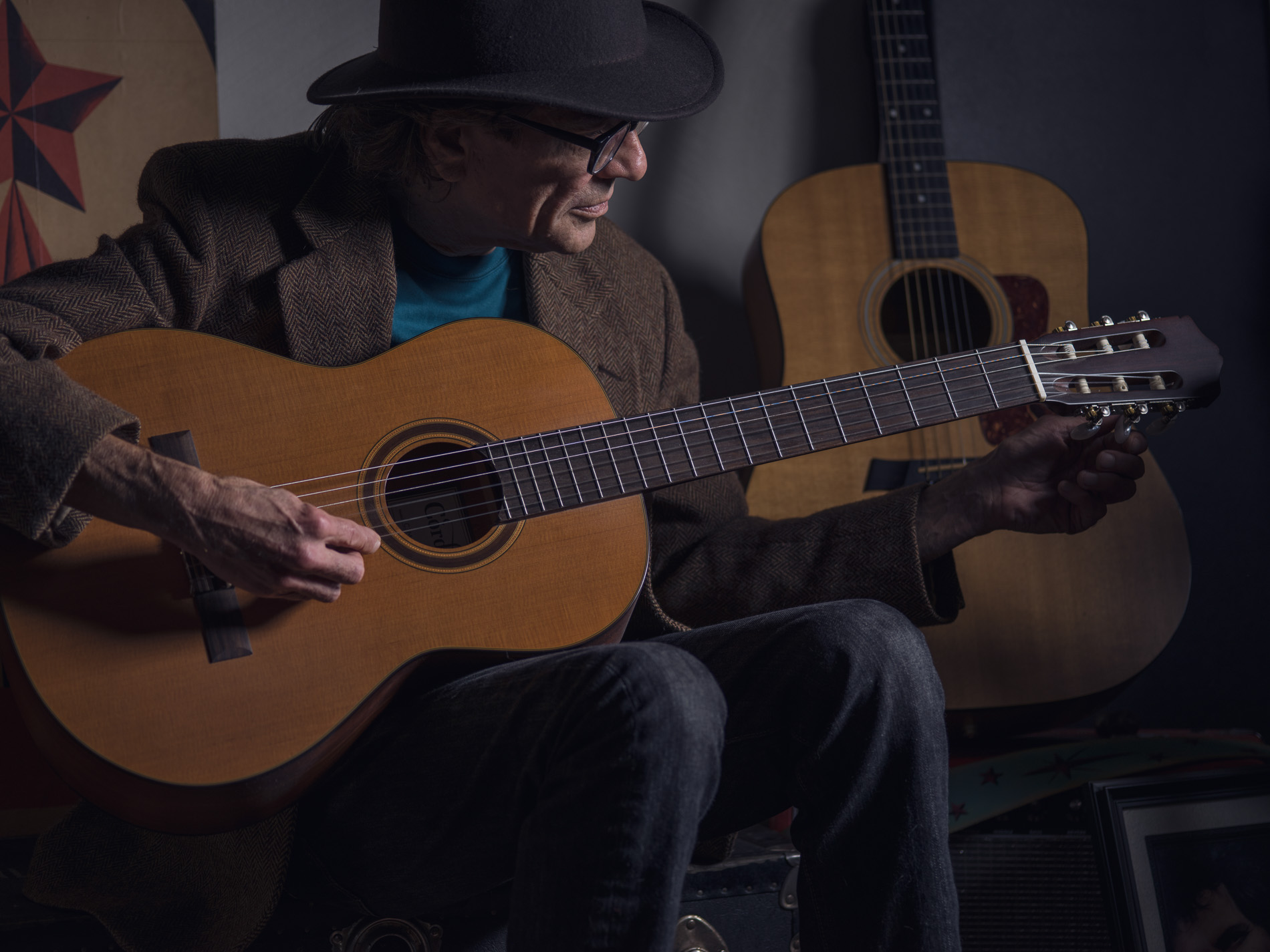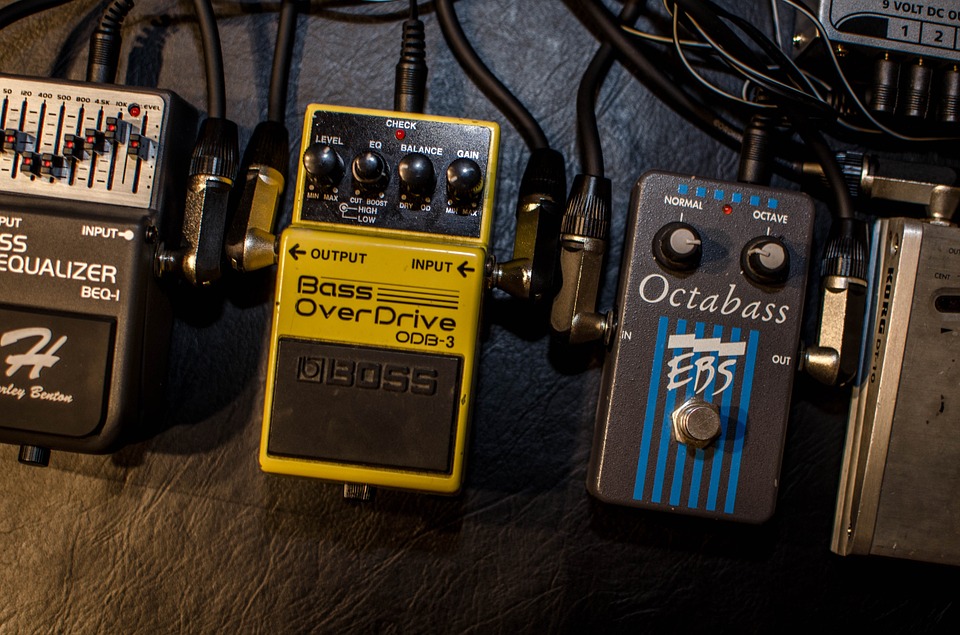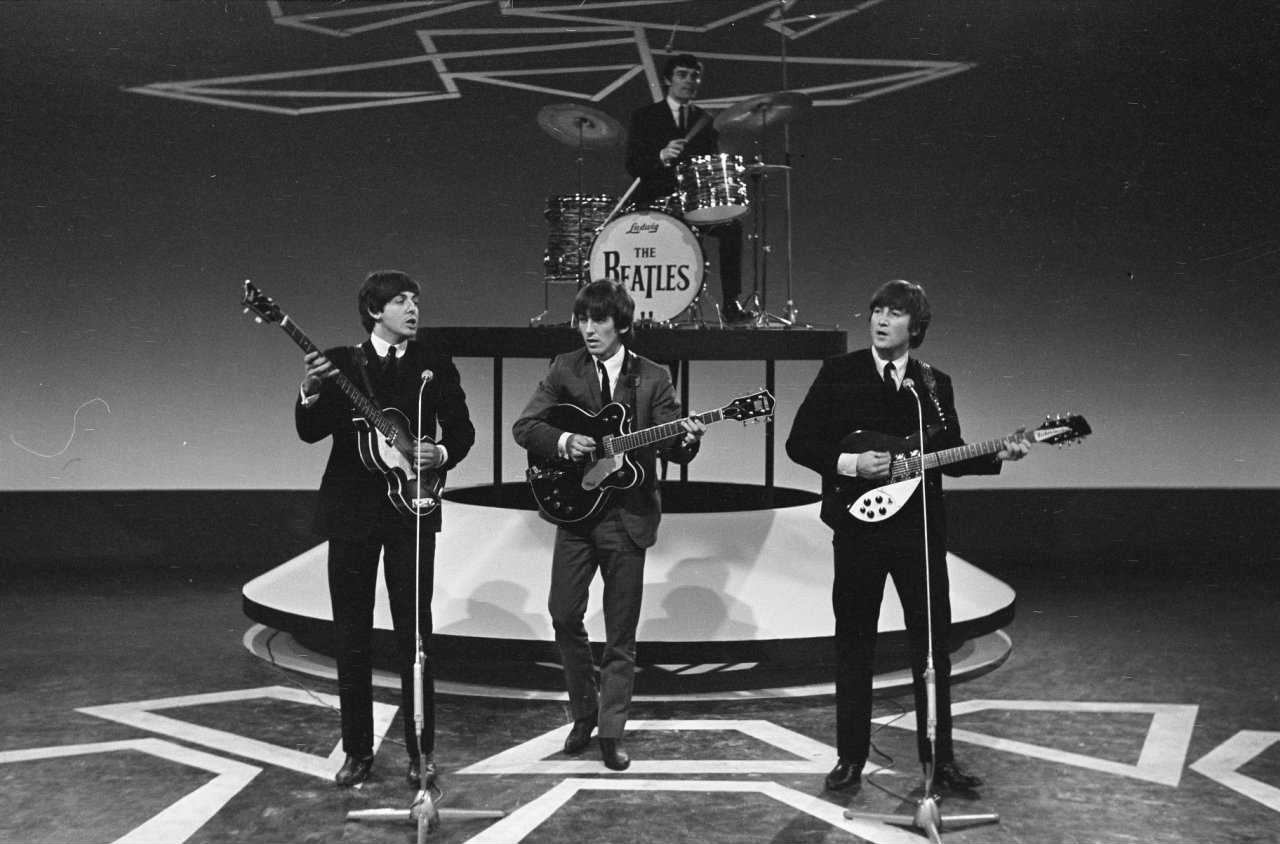
My Advice for Practicing Guitar
When giving guitar lessons, I try to teach my students how to develop good habits for practicing on their own. For beginners, it’s not obvious which habits are good and which are not. Here is the advice I most commonly give my students and some of the approaches that I take when I practice.
Proper Posture
It’s important to develop good playing posture early in your musical career. Your legs should be parallel to the floor, and your knees can be slightly raised to help secure the instrument. The neck of your guitar should be pointing skyward. How much it points up will depend on what position is most comfortable and easiest to play. We can work together to find the perfect spot for you.
Fretting Wrist/Hand Position
The two most common used wrist or hand positions are what I like to call the “handshake” or “baseball bat” grip and the “classical” or “thumb behind the neck” method. While most players tend to choose one and stick with it, the choice is mainly based on preference and playing style. I can teach you both of these grips and go into more detail about each one’s strengths and drawbacks, so you can decide which you prefer.
Whichever you choose, it is of paramount importance that we ensure that the stress on your fretting wrist is kept to a minimum. As a general rule, if your wrist starts hurting, it’s time to stop as you are probably doing something wrong. I will work with you to fix it.
It is also common for beginner guitar players to feel like their fretting wrist and hand is weak. This is not uncommon and will improve as your muscles strengthen the more you play your guitar.
Practice Methods
I divide my practice sessions into two parts. The first I call “glasses” and the second “television.” The term glasses refers to the habit of many musicians to draw a pair of glasses on their sheet music next to or above a particularly difficult, important, and usually lovely passage of music. This indicates that I need to take a closer look and spend some time practicing this segment to get it down. This most often happens when I am trying to make music, turn a phrase, nail a difficult chord change, or find the right tone. The glasses part of practice is about finding some form of beauty or expression in the music. It’s good to relax and go slow.
Next, we have “television” (and me showing my age!). This is for the important yet often boring, mind-numbing, tedious exercises that I like to do while doing something else such as watching television. Scales, picking patterns, and chord shapes can be a pain to practice, but they are still important, and you have to do them. I like to turn on a baseball game, practice for the 45 seconds between pitches, and take a break to watch the action, then repeat. I will do this throughout the entirety of a baseball game (up to 3 hours). The television gives your mind something else to focus on as you don’t need your full attention for this kind of practicing. However, I strongly advocate against using a computer for this. Just don’t do it.
Practicing a Piece/Song
This is the process I recommend you use when practicing a particular song:
- Tune your guitar.
- Look over or listen to the song or piece you’re practicing.
- Decide on a tempo you think you can handle. Feel free to slow it way down.
- Play the whole thing front to back without stopping. Make as many mistakes as you like, no one is listening! (This is practice after all.)
- Tune your guitar again.
- Identify the trouble spots and play those spots over and over as if making a loop until you get it down.
- Do each small section slowly at first, then speed it up as you feel more comfortable.
- Try the whole song again at any tempo. Remember: Do Not Stop. You will start to tense up as you approach the parts you practiced as a loop. Everyone does this. Try to not let it affect you. It gets easier the more you practice.
- Repeat
Other General Practice Advice
Remember! It is far more important to keep the pulse or beat going than it is to play every note or chord perfectly. Mistakes are normal. Don’t beat yourself up over them. This is how we get better. Do Not Stop.
Picture the song you are playing as a freight train that slows down as you jump on. The song is already going, you’re just playing along with it.
I hope you found these tips helpful. If you live in the Eugene, Oregon area and would like to take guitar lessons with me, send me a message and I’ll get back to you as soon as I can.
Keep Pickin’
-Bill


